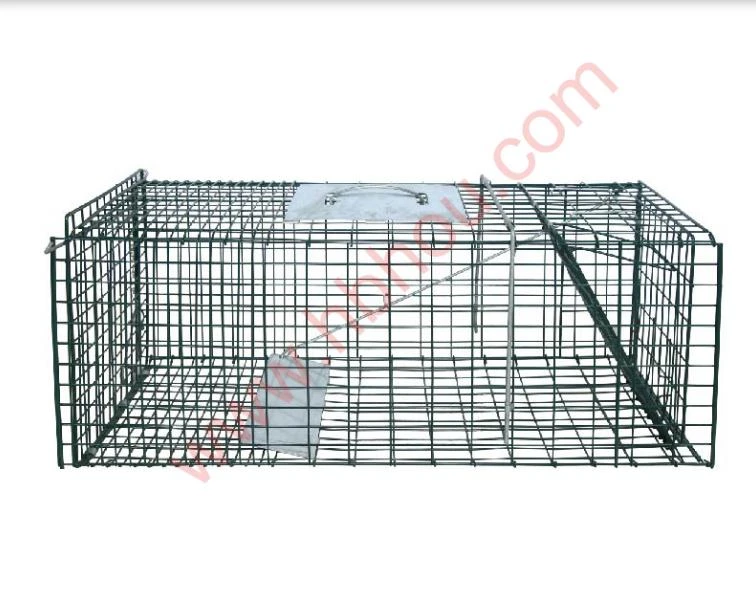Understanding the Cost of Gabion Retaining Walls
Gabion retaining walls have emerged as a popular choice for both residential and commercial construction projects. These structures are not only visually appealing but also provide considerable strength and durability. However, one of the primary concerns for anyone considering a gabion retaining wall is the associated cost. In this article, we will explore the various factors that influence the cost of gabion retaining walls, their benefits, and what you should consider before installation.
What Are Gabion Walls?
Gabion walls are structures made from steel wire cages filled with stones, rocks, or other materials. These walls are often used to stabilize slopes, manage water drainage, and prevent erosion. They come in various sizes and can be designed to fit the aesthetic of the surrounding environment. The combination of their functional and aesthetic qualities makes gabion walls an attractive option for many.
Factors Influencing Cost
1. Material Costs The primary components of a gabion wall are the wire cages and the filling materials. The cost of steel wire, typically galvanized or PVC-coated for corrosion resistance, can vary based on market prices. Similarly, the cost of stones or other filling materials can fluctuate depending on availability and distance from the site.
2. Labor Costs Installation requires skilled laborers who understand how to construct gabion walls properly. Labor costs can differ widely depending on the region and the complexity of the project. For instance, if the site requires additional grading or preparation, labor costs may increase.
3. Design and Size The overall design and dimensions of the gabion wall will significantly affect the total cost. Smaller, simpler walls will typically be less expensive, while larger, more intricate designs may require more materials and labor, driving up costs.
4. Site Preparation Before installation, the site may need to be prepared, which can include clearing vegetation, grading the land, and ensuring proper drainage. Site preparation is often a hidden cost that can impact the overall budget.
gabion retaining wall cost

5. Permits and Regulations Depending on the location and the project’s scope, certain permits may be required for building a retaining wall. The cost of obtaining these permits, as well as compliance with local regulations, should also be factored into the total cost.
6. Additional Features Adding features such as drainage systems, landscaping, or lighting can enhance the wall's functionality and aesthetic appeal but will also increase the overall cost.
Cost Estimates
While costs can vary widely, a general estimate for gabion retaining walls typically ranges from $25 to $70 per square foot. This range can be influenced by the factors mentioned previously. For example, a basic wall with a simple design in an accessible location may be on the lower end of this range, while a larger, more complex installation might approach or exceed the higher end.
Benefits of Gabion Walls
While the upfront costs might seem significant, gabion walls offer several long-term benefits that can justify the investment. They are known for their durability, low maintenance requirements, and ability to blend into natural surroundings. Over time, they can help prevent erosion and stabilize soil, potentially saving money in future repairs to other structure types.
Conclusion
In conclusion, prospective builders should carefully consider the costs associated with gabion retaining walls, including material, labor, site preparation, and additional features. While initial expenses may seem daunting, the benefits they provide—both aesthetically and functionally—can make them a worthwhile investment. By understanding these cost factors, homeowners and contractors can make informed decisions that align with their budgets and project goals, ensuring that their gabion wall installation is both effective and economically feasible.
















